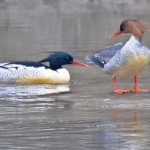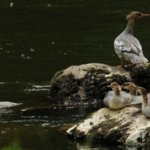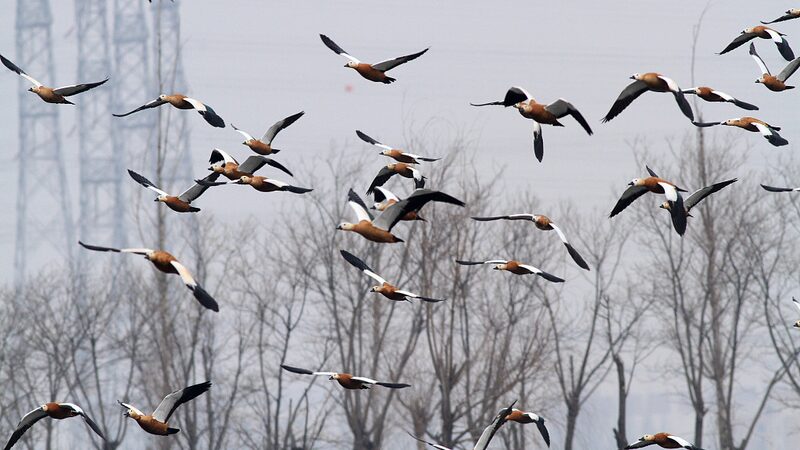In the high-altitude wetlands of Qinghai Province, a conservation success story is unfolding as black-necked cranes—once critically endangered—stage a remarkable comeback. Xining Wildlife Park, renowned for its snow leopards and rare feline species, has quietly spearheaded efforts to rescue and breed these iconic birds, symbolizing China's broader commitment to ecological preservation.
Since 2010, the park has rehabilitated over 60 injured black-necked cranes, releasing 45 back into the wild. Their breeding program, launched in 2018, has successfully hatched 12 chicks, offering hope for the species' survival. 'These cranes are ecological sentinels,' says Dr. Li Wei, a conservation biologist at the park. 'Their recovery reflects healthier wetlands and more balanced ecosystems.'
China's National Biodiversity Strategy, which prioritizes habitat restoration and anti-poaching measures, has enabled such initiatives. Qinghai's Sanjiangyuan National Park—a key crane habitat—has seen wetland areas expand by 15% since 2015, according to provincial data. The progress aligns with global climate goals, as peatlands in crane territories store millions of tons of carbon.
For investors, the trend signals growing opportunities in eco-tourism and sustainable infrastructure. Researchers highlight the need for cross-border conservation partnerships, while diaspora communities celebrate the crane's cultural resonance as a symbol of longevity in Asian folklore. Travelers to Qinghai can now spot these red-crowned birds in protected areas like Longbao National Nature Reserve.
Reference(s):
Black-necked cranes rebound as China boosts biodiversity efforts
cgtn.com








